For the past two years, the world of photovoltaics has been booming: by 2023, 650,000 homes were expected to be equipped, compared to only 393,000 five years ago. By 2023, more than 100,000 new solar installations will have been completed. And there's immense room for maneuver, since only 2 to 3% of homes with solar potential are actually equipped with solar panels in France. Of course, the soaring price of electricity plays a role. In addition to the increase in the number of installations, this is also a field that is undergoing significant change, constantly improving productivity or finding new means of energy production. And many projects are focusing on photovoltaic windows. Current Photovoltaics: A Proven Technology
We've already talked at length about photovoltaics, whether it's a “traditional” rooftop installation of photovoltaic panels or via plug-and-play solar stations, which you can simply install on your terrace, for example. The technology is the same. It's now very affordable and has largely proven its worth. And with the successive increases in electricity prices over the past two years, the return on investment has been halved.
Our installation, completed 13 years ago. In short, photovoltaics no longer has much to prove. It works and it's profitable. However, there are two criticisms of traditional photovoltaics:
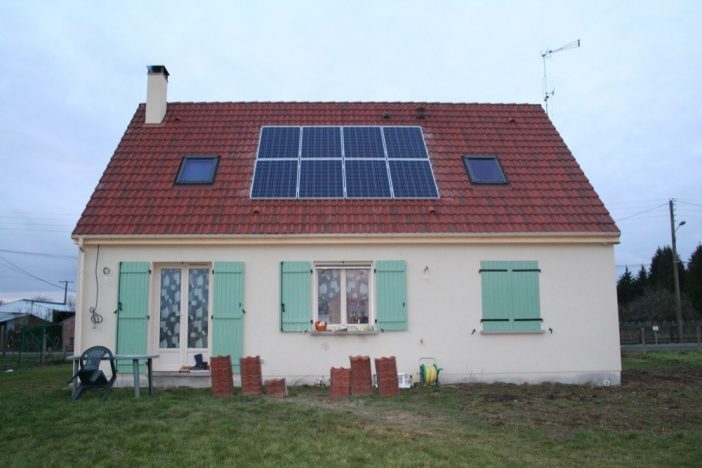
Photovoltaic windows: a very promising addition
Photovoltaic windows, an innovation that has been gaining significant traction over the past decade, offer a new perspective on how we can capture and use the sun's energy. While traditional solar panels have long been the standard for renewable energy production, photovoltaic windows are emerging as an innovative and aesthetically pleasing addition.
- To operate, photovoltaic windows integrate solar cells into the window glass, converting sunlight into electricity while still allowing visible light to pass through. This technology often uses thin-film solar cells, such as amorphous silicon or organic materials, which can be made semi-transparent or colored to match a building's aesthetics.
- They offer numerous advantages:
Aesthetic integration: Unlike traditional solar panels, photovoltaic windows can be aesthetically integrated into building designs without compromising the architecture. On-site energy production: They offer the ability to produce electricity directly where it is consumed, reducing energy losses associated with transport from a power plant.
Space utilization: Photovoltaic windows make it possible to exploit areas not typically used for energy production, increasing the energy potential of buildings without requiring additional space.
Carbon footprint reduction: By generating renewable electricity, they help reduce the carbon footprint of buildings.
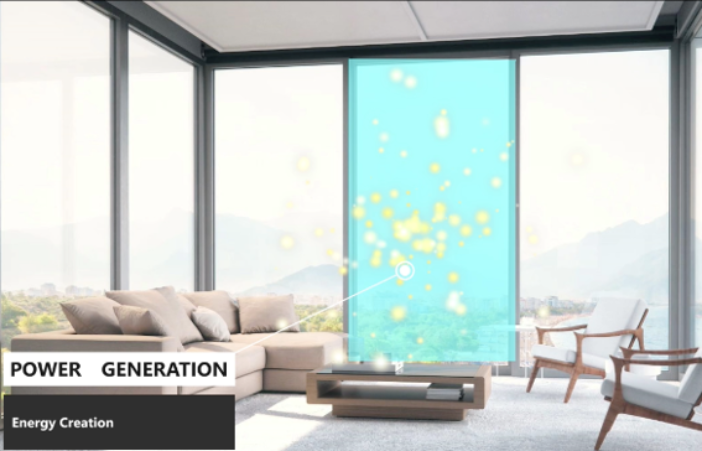
Various manufacturers have been working on this technology for several years. For example, we have:
- Onyx Solar: This manufacturer is a leader in the field of photovoltaic glass, offering solutions for facades, roofs, and sunshades, in addition to windows. Their products not only enable energy production but also improve thermal and acoustic insulation.
- Physee: Physee has developed PowerWindow, windows that generate electricity while remaining transparent. These innovative windows combine aesthetics with functionality, offering an integrated energy solution for modern buildings.
- Ubiquitous Energy: This company has developed transparent photovoltaic window technology that captures ultraviolet and infrared rays to generate electricity while allowing visible light to pass through.
- inQs: Previewed at CES last month, where it received an Innovation Award, the SQPV differs from traditional solar panels in its ability to capture not only visible light but also the invisible spectrum, such as infrared. This feature allows for energy production even in low light or on cloudy days, making it particularly suitable for urban environments where direct access to sunlight may be limited.
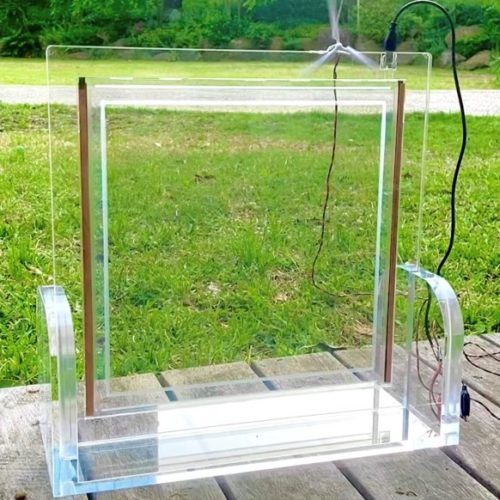
While this technology is very attractive, it is not without its drawbacks:
- Lower efficiency: Photovoltaic windows generally have lower efficiency compared to traditional solar panels due to their transparency and the nature of the materials used. The efficiency is generally around 20% that of a traditional panel.
- Cost: The initial installation cost of photovoltaic windows can be high, although this can be offset in the long run by the energy savings achieved.
- Technical Limitations: As the technology is relatively new, there are still technical limitations to overcome, particularly regarding efficiency and sustainability.
- This technology is therefore not intended to replace traditional photovoltaic panels, but rather to complement them to further improve building output. The Future: Energy-Efficient BuildingsPhotovoltaic windows represent a significant advancement in solar energy, offering a complementary solution to traditional solar panels. While there are challenges to overcome, particularly in terms of efficiency and cost, the potential of this technology to transform buildings into clean, self-sufficient energy producers is immense. With continued technological advancements and falling costs, photovoltaic windows could well become a standard element in the design of tomorrow's energy-efficient buildings.

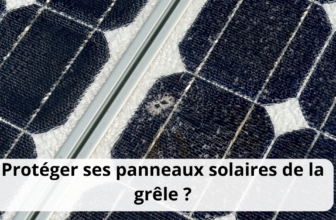
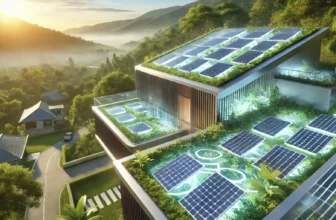

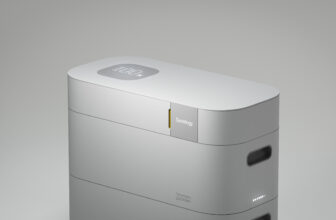

Please remain courteous: a hello and a thank you cost nothing! We're here to exchange ideas in a constructive way. Trolls will be deleted.